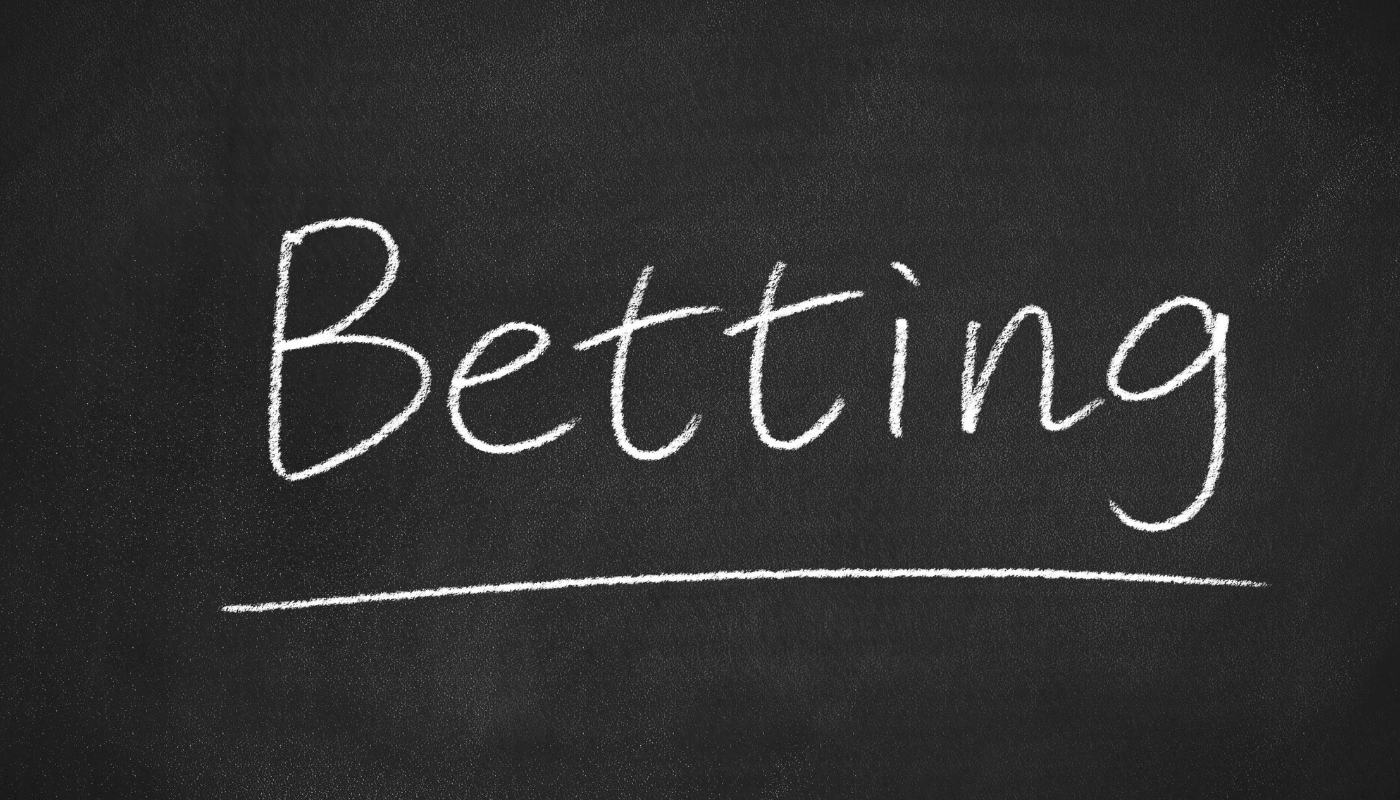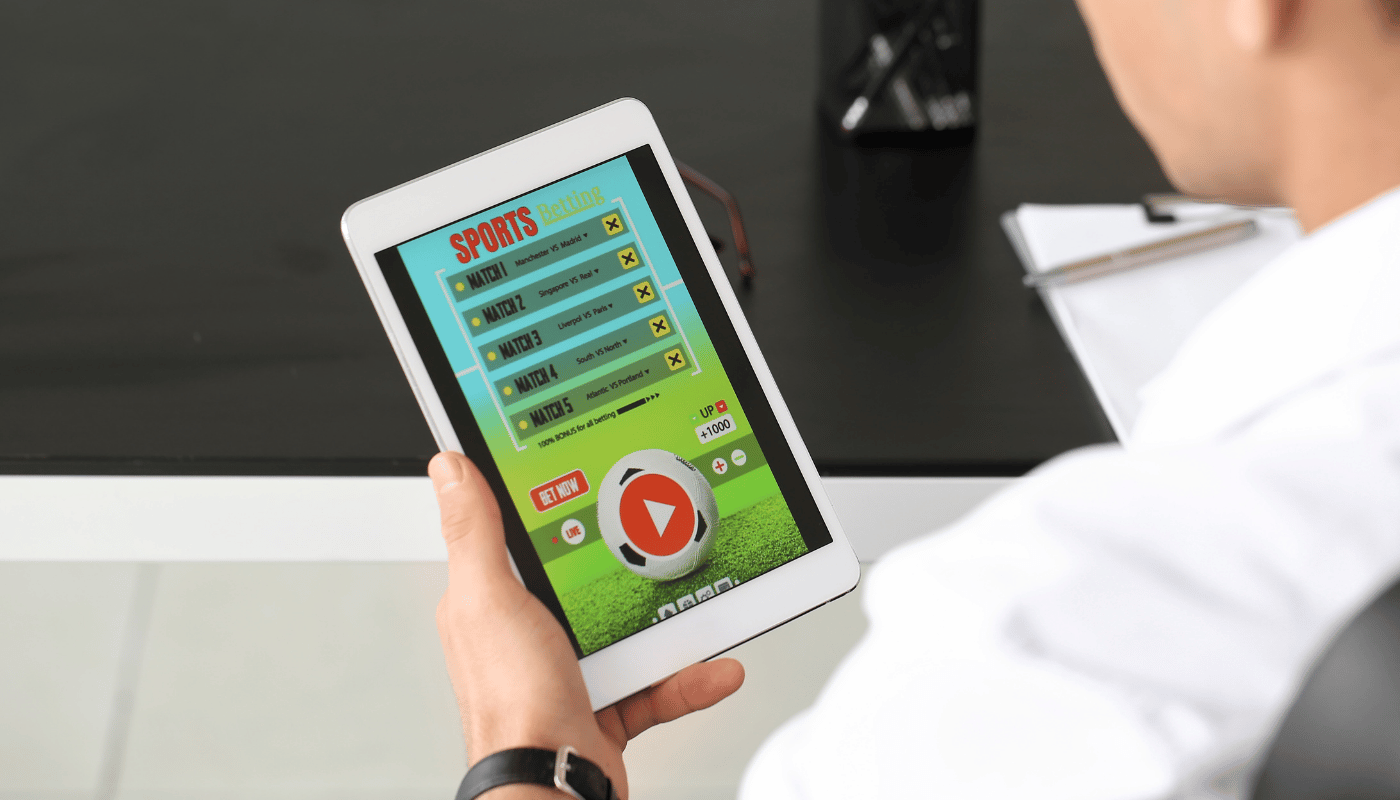Concussions are a type of traumatic brain injury that can significantly impact many functions, particularly vision. When a concussion occurs, it disrupts the brain’s ability to process visual information, which can lead to various symptoms affecting the eyes. Recognizing these visual symptoms is essential because they often indicate the extent of brain trauma and play a crucial role in diagnosing and managing the injury effectively.
The eyes when you have a concussion may display noticeable changes, such as sensitivity to light, difficulty focusing, or blurred vision. These visual disturbances, while varied in presentation, commonly arise from the brain’s reaction to injury, influencing how it coordinates eye movements and processes visual signals. Understanding these changes can help individuals and caregivers recognize the signs of a concussion early and seek appropriate care, ultimately aiding in a safer and more informed recovery process.
Common Visual Symptoms Associated with Concussions
A concussion can disrupt various brain functions, often leading to a range of visual disturbances. The eyes when you have a concussion may exhibit several noticeable symptoms, each indicating a different aspect of the brain’s impaired ability to process and control visual information. Recognizing these signs can be critical, as they help both individuals and medical professionals assess the severity of the concussion and determine appropriate treatment.
The following symptoms are common visual issues associated with concussions:
- Blurred Vision: This can occur due to impaired eye focusing, making it difficult to see objects clearly.
- Double Vision (Diplopia): Some individuals may experience overlapping or doubled images due to difficulty coordinating eye movements.
- Light Sensitivity (Photophobia): Increased sensitivity to light is a frequent symptom, causing discomfort in bright environments.
- Eye Strain: Prolonged focusing on tasks, such as reading or screen time, may lead to fatigue and strain.
- Difficulty Tracking Objects: The eyes may struggle to follow moving objects smoothly, causing dizziness or disorientation.
- Peripheral Vision Loss: In some cases, concussions can narrow the visual field, affecting side vision.
- Headaches Triggered by Visual Tasks: Visual activities may lead to headaches, as the brain struggles to process visual input efficiently.
These visual symptoms typically result from a disruption in the brain’s visual processing centers, which are sensitive to trauma. In the case of a concussion, these symptoms might persist for varying lengths of time and fluctuate in intensity. The eyes when you have a concussion often react unpredictably to stimuli, making it essential to monitor these symptoms closely and avoid activities that could exacerbate them. Understanding and recognizing these visual changes early can lead to quicker intervention and a more effective recovery.
The Connection Between Brain Injury and Eye Function
The brain plays a crucial role in interpreting and coordinating all aspects of vision, from focusing and depth perception to tracking and spatial awareness. When a concussion occurs, the impact disrupts these functions, causing a variety of visual disturbances. The eyes when you have a concussion often reflect these disruptions, displaying symptoms that indicate damage to specific areas of the brain’s visual processing centers. Understanding these connections helps clarify why certain visual issues arise after a brain injury.
Various regions within the brain contribute to how we see and process visual stimuli. For example, the occipital lobe, located at the back of the brain, is responsible for processing visual information, while the parietal and temporal lobes assist with spatial awareness and movement tracking. Damage to these areas during a concussion affects how the eyes work and how the brain interprets visual signals.
| Brain Area | Primary Function Related to Vision |
| Occipital Lobe | Processes basic visual information (e.g., shapes, colors, movement) |
| Temporal Lobe | Interprets visual memory, recognizing objects and faces |
| Parietal Lobe | Manages spatial awareness and eye movement coordination |
| Frontal Lobe | Controls eye movements, especially in focusing and tracking |
Each of these brain regions contributes to different aspects of visual perception, so even a minor concussion can disrupt one or more of these functions, leading to significant changes in how we see and interact with our environment. The eyes when you have a concussion may experience symptoms that reflect damage to one or more of these areas, manifesting in blurred vision, poor depth perception, or difficulty tracking objects. Recognizing this connection emphasizes the importance of addressing visual symptoms after a concussion to promote full recovery.
Diagnosing Vision Problems Post-Concussion
Accurately diagnosing vision problems after a concussion is essential for effective treatment and recovery. When dealing with the eyes when you have a concussion, healthcare professionals rely on a combination of tests to assess the extent of visual impairments and identify any underlying neurological issues. These tests provide a clearer picture of how the brain injury has impacted visual functions and help in developing a targeted treatment plan.
Some common diagnostic methods used in evaluating vision problems post-concussion include:
- Neurological Exams: These assessments measure brain function, reflexes, and balance, which can reveal abnormalities affecting vision.
- Cognitive Testing: This evaluates memory, processing speed, and attention, as concussions can impact visual perception and cognitive skills.
- Eye Movement Tests: This test checks for irregularities in how the eyes track and focus, which can indicate disruptions in the brain’s control over eye movements.
- Imaging Tests (MRI or CT Scans): These provide detailed images of the brain to detect any structural damage or swelling that could be affecting visual centers.
By using these diagnostic tools, medical professionals can gather comprehensive information about the patient’s visual health. For example, imaging tests may reveal damage to specific brain areas, while neurological exams and eye movement tests can pinpoint how the injury affects eye control and perception. Understanding the state of the eyes when you have a concussion is vital for crafting an individualized care plan that addresses both immediate symptoms and long-term vision health. With a thorough diagnostic approach, patients can receive the precise treatment they need to recover fully.
Treatment and Management of Concussion-Related Vision Issues
Addressing vision issues after a concussion requires a multi-faceted approach to ensure the best recovery. The eyes when you have a concussion may experience symptoms that demand specific treatments tailored to the type and severity of the visual impairment. Medical professionals often recommend a combination of rest, therapy, and targeted rehabilitation to alleviate symptoms and promote healing.
Common treatment options for concussion-related vision issues include:
- Rest and Reduced Screen Time: Minimizing screen exposure helps reduce eye strain and light sensitivity, allowing the brain time to heal.
- Vision Therapy: This involves exercises and therapies tailored to improve eye alignment, tracking, and focusing, particularly beneficial for those with eye movement issues.
- Vestibular Therapy: If dizziness and balance are affected, vestibular therapy can help by stabilizing eye movement and reducing vertigo.
- Prescription Glasses or Lenses: Specialized lenses with tints or prisms may reduce symptoms like light sensitivity and help with eye alignment.
- Gradual Return to Activities: A controlled and gradual reintroduction to physical and cognitive tasks prevents overstraining the eyes and allows for a safer recovery.
Rest plays a foundational role in managing vision issues, as it allows the brain to recover from the injury. Vision therapy and vestibular rehabilitation are commonly prescribed to address specific impairments like double vision, eye strain, or light sensitivity. By focusing on the eyes when you have a concussion, these therapies aim to restore normal eye functions gradually and safely.
In more severe cases, specialized glasses with corrective lenses or filters may be necessary to improve comfort and focus. Patients are often advised to return to normal activities gradually, monitoring any visual symptoms to avoid setbacks. With a structured and attentive approach, individuals can manage vision-related issues effectively, paving the way for a full recovery.
Recovery Timeline: How Long Do Vision Problems Last?
Recovery times for vision problems after a concussion can vary significantly based on factors such as the severity of the injury, the patient’s age, and how well they adhere to prescribed treatment. The eyes when you have a concussion might show symptoms that fluctuate in duration, with some issues resolving in days and others persisting for weeks or even months. Understanding typical recovery timelines can help individuals and caregivers gauge progress and set realistic expectations for healing.
While many people experience improvement within the first few weeks, more persistent symptoms, like difficulty tracking objects or double vision, may require extended care and therapy. Younger individuals or those with milder concussions may recover faster, whereas older adults or individuals with previous head injuries may experience prolonged symptoms.
The timeline for recovery can also be impacted by how closely individuals follow treatment protocols, such as rest, vision therapy, and gradual reintroduction to activities. Monitoring the eyes when you have a concussion over time and staying vigilant to any recurring symptoms is essential for ensuring full recovery. Patients are encouraged to communicate with healthcare providers about any lingering issues to adjust treatments as needed and promote a safe, complete healing process.
Conclusion
Vision changes are a common and concerning outcome of concussions, with symptoms often affecting the eyes when you have a concussion in ways that can significantly impact daily life. From blurred vision to sensitivity to light, these disturbances highlight the brain’s vulnerability to injury and underscore the importance of monitoring for any changes in visual function.
By understanding the connection between brain injury and vision, individuals can take proactive steps to recognize symptoms early and seek appropriate care. A structured approach to diagnosis and treatment—including rest, therapy, and gradual reintegration into daily activities—can aid in the recovery process, helping to restore normal vision and reduce the risk of long-term complications.
Whether managing symptoms alone or under professional guidance, keeping a close watch on visual health after a concussion is essential. By staying informed and taking timely action, individuals can support their healing journey and ensure a safe, effective recovery.
FAQ
How soon do vision problems appear after a concussion?
Vision issues can arise immediately following the injury or may develop gradually over a few days. Symptoms like blurred vision, light sensitivity, or double vision are often some of the first indicators of a concussion affecting visual processing.
Is it normal for vision problems to fluctuate during recovery?
Yes, it is common for symptoms to vary in intensity during the healing process. Some days may feel better than others, as the brain gradually recovers and vision improves. Patients should monitor their symptoms closely and consult a healthcare professional if they experience any unusual changes.
Can screen time worsen vision problems after a concussion?
Excessive screen use can indeed strain the eyes, particularly when they are still sensitive post-concussion. Reducing screen time, taking regular breaks, and using blue-light filters can help manage symptoms related to the eyes when you have a concussion.
When should I see a specialist for vision problems?
If vision symptoms persist beyond a few weeks or if they are severe, it is recommended to consult a specialist. Early intervention can prevent long-term issues and ensure that any underlying problems are properly addressed.


